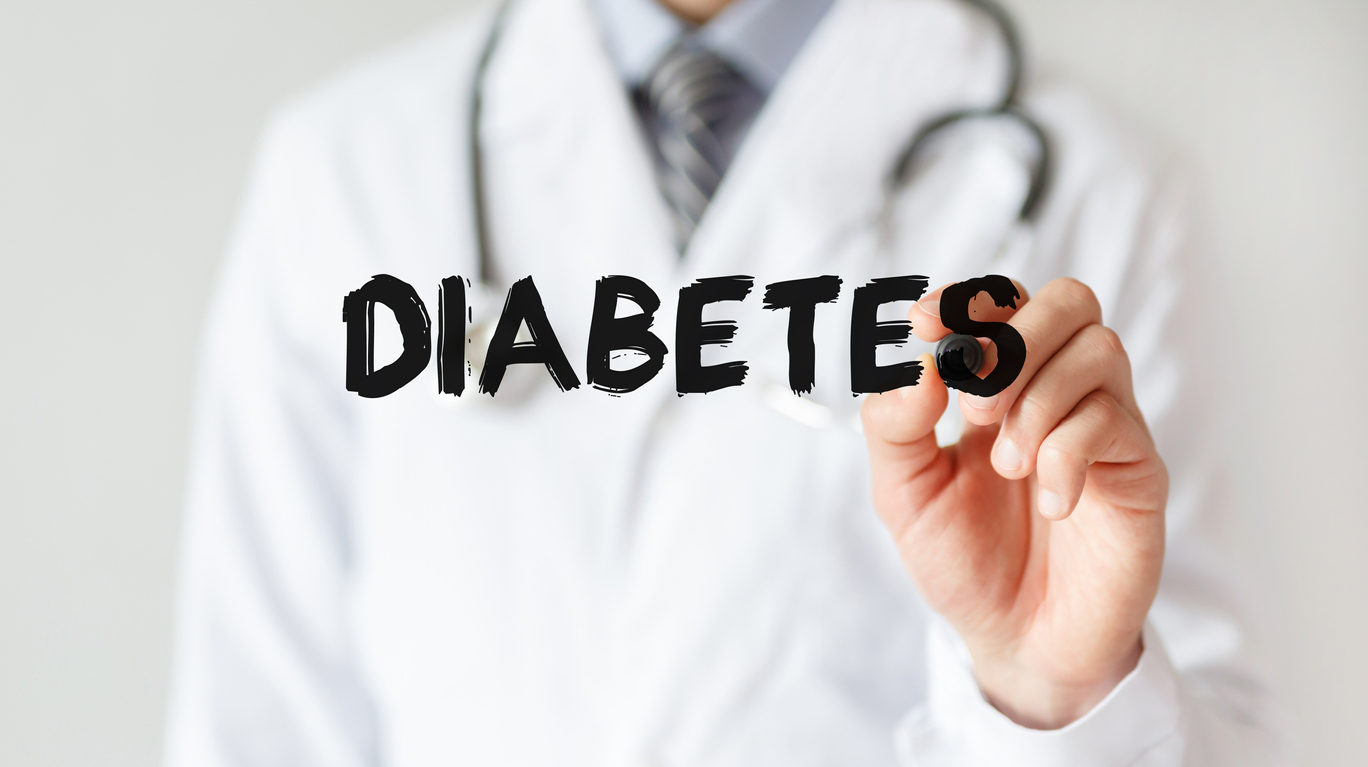By Andrew (Drew) Rhoades
Almost 40% of patients with type 2 diabetes stopped taking their second-line medication within 1 year, putting them at risk for future hospitalization related to diabetes, according to researchers.
Previous research has found alarming antidiabetic medication (ADM) usage trends because most adults with type 2 diabetes are eligible for GLP-1 receptor agonists and SGLT2 inhibitors but few use them. Read the article in Healio.




